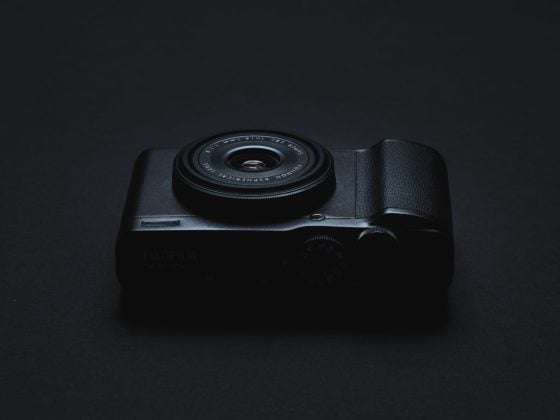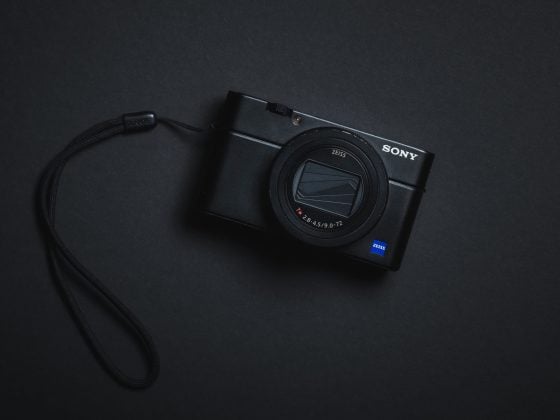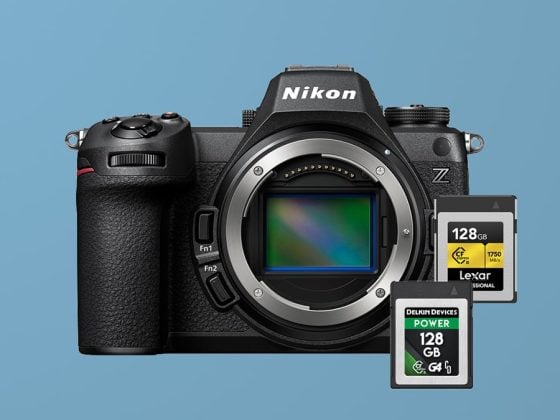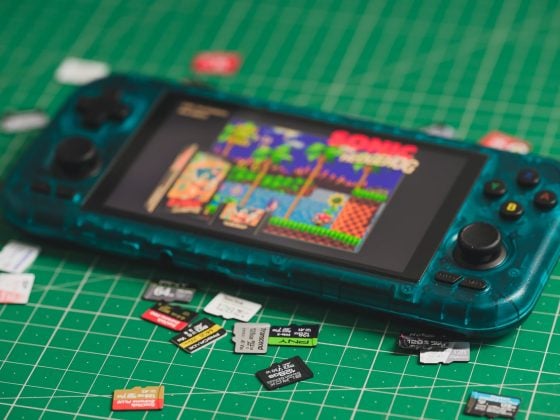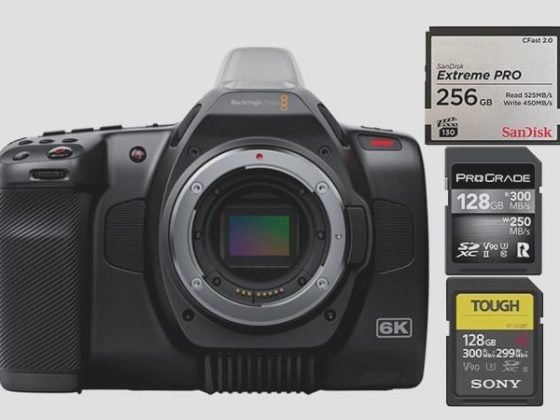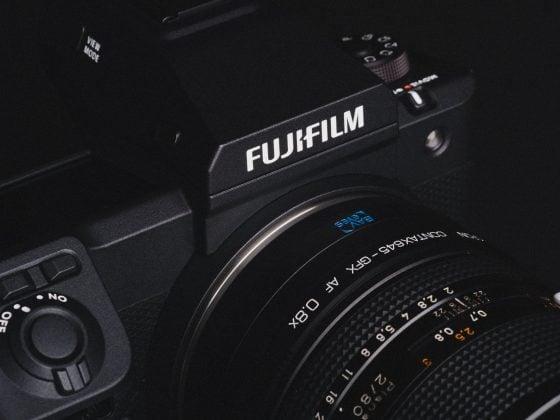A complete list of memory card speeds and their in-camera performance as well as some great recommendations and a video record time chart.
The Sony A7rIV features a dual memory card slot configuration that can take two UHS-II V90 Cards. This means you’ll get the full performance out of each slot when running a backup configuration.
This chart shows the seven best UHS-II memory cards in the V60 and V90 class and how they performed in the camera.
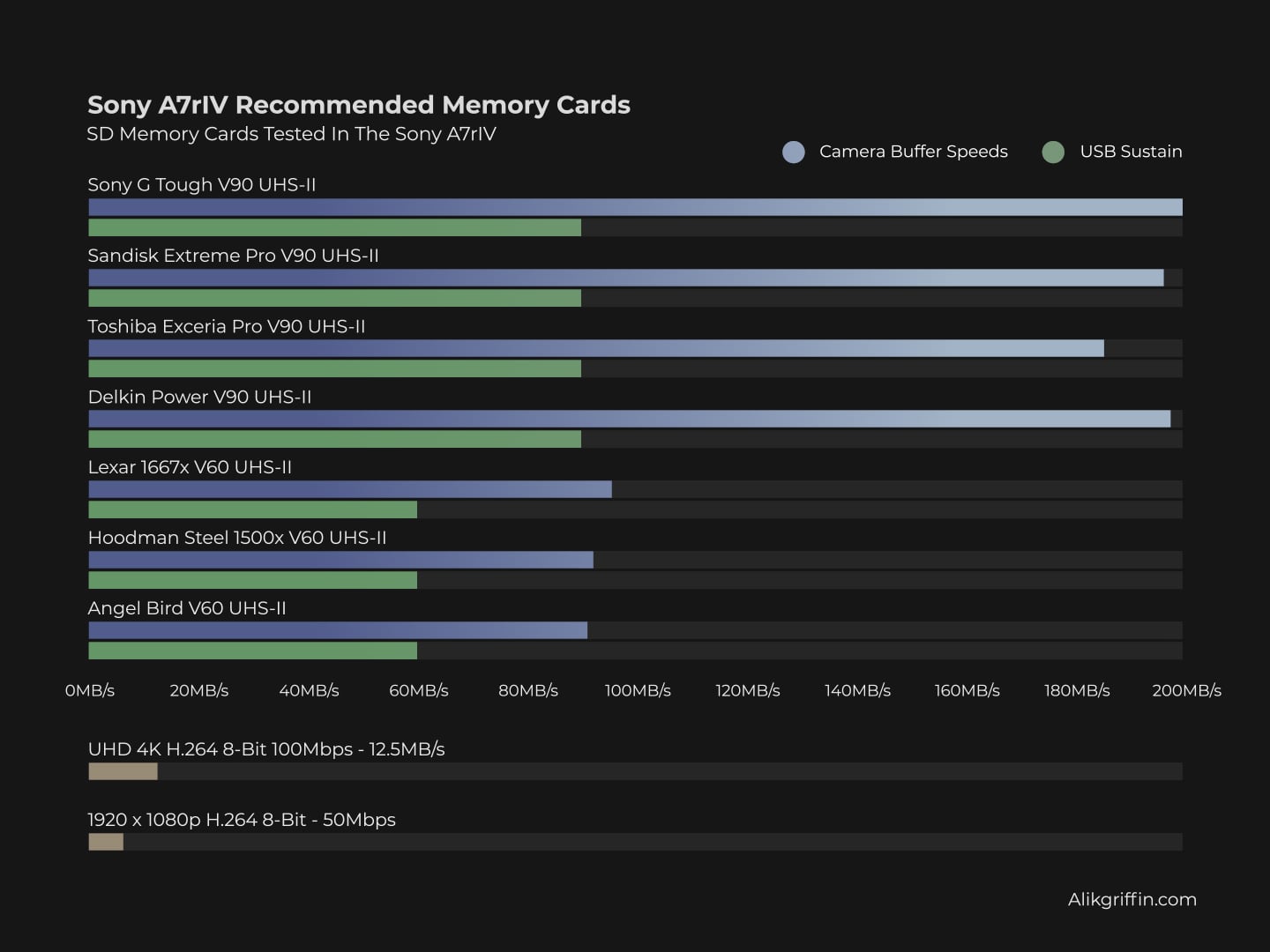
Recommended Memory Cards Sony A7rIV
Photographers who want the best performance and shoot a lot in the continuous burst mode should stick with V90 cards, while more casual shooters or videographers can use V60 cards.
For Videographers The Sony A7rIV features a max bitrate of 100Mbps, so you only need UHS-I U3 memory cards to record video.
Top 3 Best UHS-II V90 Memory Cards
These are all great cards, but the Sony Tough is the best option for Sony shooters.
| Card Name | In-Camera Speed | Check Price |
| Sony G Tough UHS-II | 200.08MB/s | Check Price |
| Sandisk Extreme Pro UHS-II | 196.52MB/s | Check Price |
| Delkin Power UHS-II | 197.78MB/s | Check Price |
Top 3 Budget-Friendly Cards
If you don’t need the fastest memory cards or you’re a video/photo hybrid shooter, here are a few great budget-friendly cards that are fast enough for 4k 100Mbps video but also fairly quick for shooters who don’t do a lot of burst photography.
| Card Name | In-Camera Speed | Check Price |
| ProGrade v60 UHS-II | 90.44MB/s | Check Price |
| Sony M Tough UHS-II | 91.23MB/s | Check Price |
| Delkin Prime v60 UHS-II | 92.21MB/s | Check Price |
Also, check out the List of Essential Accessories Sony Ar7IV
In-Camera Speed Test
Here is a chart showing how each card performed in the Sony A7rIV.
The camera was tested for these benchmarks, shooting continuous bursts in RAW uncompressed. The data was calculated against the time it took to clear the buffer.
What’s interesting is that the Sony A7rIV seems to now favor a certain type of flash configuration, as only a handful of cards performed well.
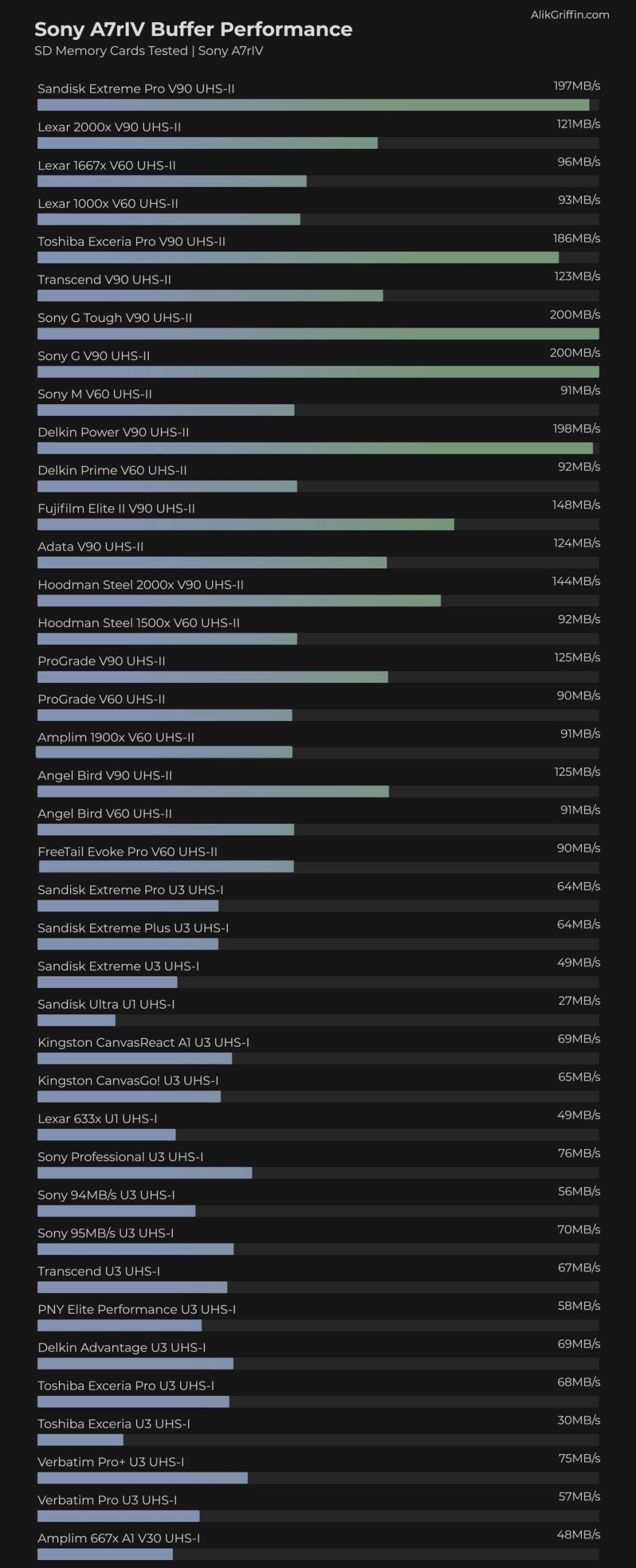
A7r IV Spec And Buffer Questions
| Sensor: 61MP Full-Frame Exmor R BSI CMOS Sensor Processor: BIONZ X How Many Memory Card Slots? Two, Both are UHS-II Continuous Burst: 10fps Video Formats: UHD 4K30p, 1080p 24p, 25p, 30p, 60p, 120p What Is The Video Bitrate? 100Mbps What Is The Buffer Size? 4GB How Many Shots To Fill Buffer? 31 Uncompressed – (Sony G Tough) How Long To Clear Buffer? 14:08 – (Sony G Tough) |
Best Memory Cards For 4k Video
Record Limit Time: Unlimited
Minimum Requirements: U3
The Sony A7rIV still only outputs 100Mbps 4k video, translating to about 12.5MB/s. Because of this low bitrate, you don’t need fast cards for video.
If video is your focus, stick with the slower UHS-II cards like the Sony M cards, Sony E cards, or Prograde v60 cards. If you’re just using the camera for video, buying the fastest SD memory cards will not benefit you.
All the modern U3 memory cards that I have been testing have been working great for 4 K video, so all you really need to look for is that rating or better. So any U3, V30, V60, or V90 card will work great.
The other rating you need to look at is SDXC or SDHC.
SDXC—This allows the cards to be formatted with a 64-bit file system, which allows for large video clips.
SDHC—With SDHC memory cards, the camera will format them to 32-bit, meaning video files will be broken into 4GB chunks.
What Size Memory Card Do You Need?
I put together a nice guide based on specs and my experience to help you decide which size memory card to buy.
For Stills
I still recommend 64GB, but if you shoot uncompressed with that 61MP sensor, you might want to move up to 128GB since the file sizes are massive.
Also, the buffer will clear faster when using uncompressed files, but the files are larger, so they take longer to copy.
For Video
The memory card size you’ll need for the A7rIV when recording video will depend on the format you are recording and how you plan to use the camera.
There are a few details you should note. Take a look at the max bitrates.
4k 24p / 30p Max Bitrate: 100Mbps
1080 24p / 25p / 30p / 50p / 60p Max Bitrate: 50Mbps
To get the maximum quality or 100Mbps at 24fps or 30fps with the Sony A7rIV, you will need to record in 4k unless you want 100fps or 120fps, then you can record 1080p with 100Mbps.
If you only want 1080p 24fps or 1080p 30fps, you will only get half the bitrate of 50Mbps. So even if you need 1080p, it’s better to record 4k and then scale down, which, if done correctly in a 16-bit sequence, will result in a 4:2:2 data compression. That’s the theory, anyway.
Sony A7rIV Record Times
Here is a handy chart to help you determine the record times you’ll get with different-sized memory cards and recording formats.
I recommend 128GB cards for video shooters or filmmakers, and I highly recommend that you clear off your cards regularly for backup throughout the shoot. UHS-II cards are nice as they will transfer more quickly than UHS-I cards.
For sitting in the living room vloggers, 64GB cards will be fine.
| Resolution | Format | Bitrate | 32GB | 64GB | 128GB | 256GB |
| 4k30p, 24p | XAVC S 4K | 100Mbps | 43min | 85min | 171min | 341min |
| 4k30p, 24p | XAVC S 4K | 60Mbps | 71min | 142min | 284min | 569min |
| 1080 120p, 100p | XAVC S HD | 100Mbps | 43min | 85min | 171min | 341min |
| 1080 120p, 100p | XAVC S HD | 60Mbps | 71min | 142min | 284min | 569min |
| 1080 24p, 25p, 30p, 50p, 60p | XAVC S HD | 50Mbps | 85min | 171min | 341min | 683min |
| 1080 25p, 30p | XAVC S HD | 16Mbps | 267min | 533min | 1067min | 2133min |
| 1080 60i | AVCHD | 24Mbps | 178min | 356min | 711min | 1422min |
| 1080 60i | AVCHD | 17Mbps | 251min | 502min | 1004min | 2008min |
UHS-I vs UHS-II
The Sony A7rIV now uses dual UHS-II card slots. You will see UHS-II performance on both cards if you’re running a second card as a backup. Before using backup, it would slow down your write speeds to UHS-I speeds.
It is still a good idea to buy a fast card for slot 2 if you are running a backup, but you probably won’t be taking that second card out of the camera often, so you could just stick with a cheaper Sony G or Delkin Power instead of running dual Tough cards.
Again, if you’re just buying the camera for video, you don’t even need the fastest cards since the camera only outputs 100Mbps video, which translates to 12.5MB/s. I would recommend something like Sony M cards.
I shoot with my Sony A7rIII without dual memory card backups. Instead, I have the camera set up so all my photos go to Slot 1 for the fast UHS-II speeds, and then I set all video to Slot 2. This way, I don’t need a fast card in Slot 2.
Useful Tip: Video gets buried in a strange file system, and sometimes I’ll shoot some B-Roll, transfer all my photos over, and forget to dig deep into the annoying file structure to pull the video, then format the card when I’m done and all the video is forever lost. So, only shooting video in Slot 2 and only shooting photos in Slot 1 assures us that this never happens.
I wish Sony would mix the MOV files with the RAW files like every other camera out there.
| **This website contains affiliate links. We will earn a small commission on purchases made through these links. Some of the links used in these articles will direct you to Amazon. As an Amazon Associate, I earn from qualifying purchases. |

